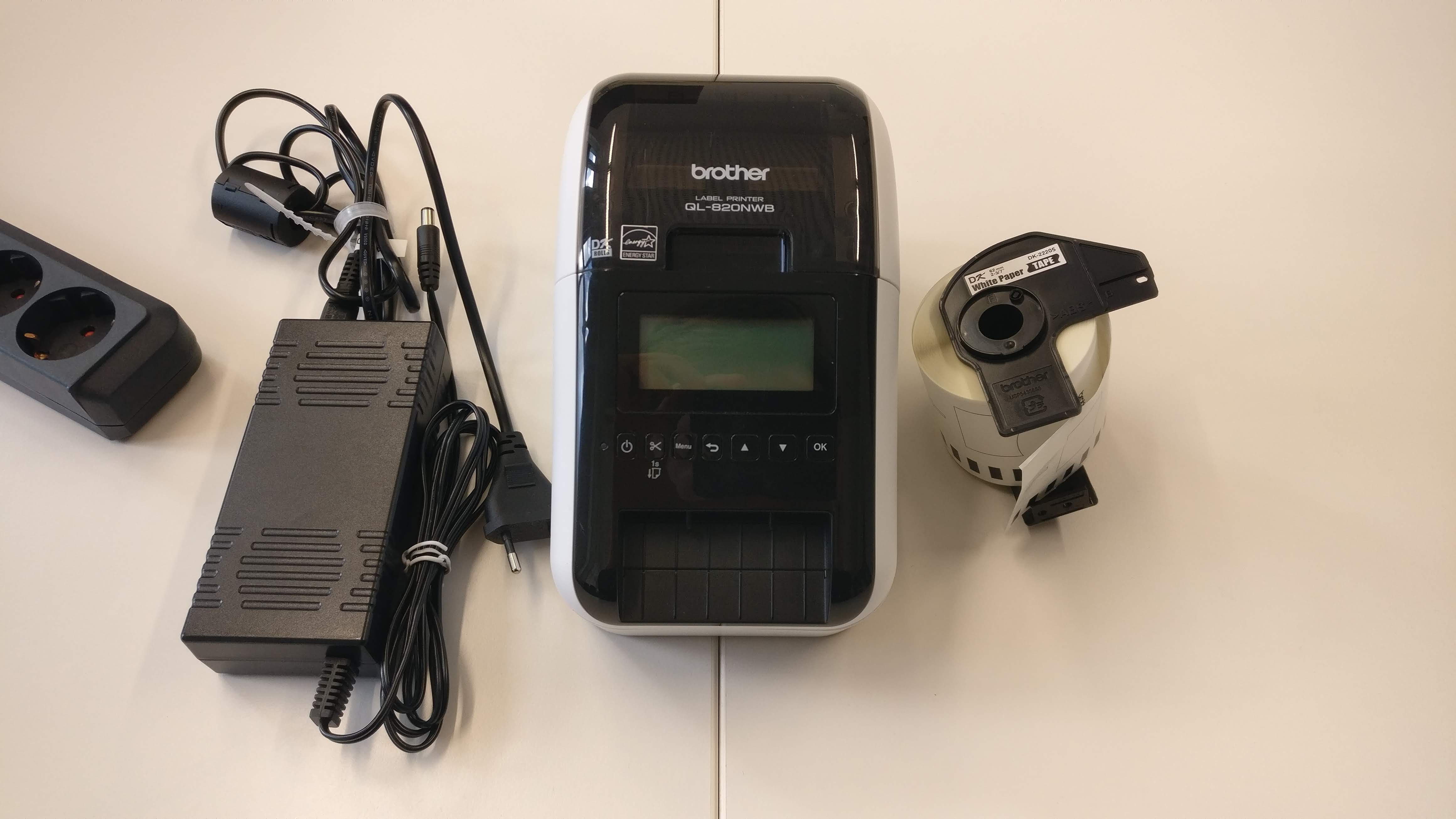

One that was often found slightly irritating and baffling in places where scopes had been scaled in the actual SI unit of mV.īit depth (as I'm sure we all know perfectly well) is simply a measure of how 'granular' a given sample of an analogue sample is. When digital video emerged it was simply adopted as a 'familiar'. the name is derived from the initials of the Institute of Radio Engineers - which ceased to exist in 1962! - What's more, it's rather a 'Mericentric' thing as it relates to NTSC (which most of the world never used!) more than anything else. And it's better than the way we worked in the 1980s and 1990s (but that was all standard def).Īndrew is 'correct' in that IRE units are a hangover from analogue days. Marc Wielage wrote: Eh, I've made it through about 1200 features and several Dolby Vision projects in the last 20 years, all doing it this way. Is there a reason you prefer to do the math rather than use the scopes built-in percentage scale? Again, it's not that difficult a concept. Just know going in that ideally, 1023 will reproduce at 100 nits. I don't think he covers Nit scales, but that isn't necessary for a 10-bit Rec709 environment per se. "Using Waveform Monitors as Artistic Tools for Color Grading"
SCOPEBOX REQUIRED HARDWARE HOW TO
It's worked for me ever since we went to 10-bit scaled 12-13 years ago.īTW, for anybody looking for more info on scopes and how to interpret them, read Hullfish's excellent (and free) book: You know of any 10-bit composite? Especially in 2022? My point is the same: I just use a 10-bit scale from 0 to 1023 and make a mental adjustment: 100 = 10%, 500 = 50%, 1023 = 100%, and so on. It's a measure of analog video signal (composite), which it totally obsolete now (actually been for many years). Correct "fix" is to use proper QC procedure according to R103, so those overshoots are filtered or fall into allowed headroom.Īndrew Kolakowski wrote:IRE has nothing to do with 8bit world. This is pure luck though and things can still go bad. Eyeheighht plugin does), so then overshoots have less chance to go outside perfect levels. There are places like this - they don't have clue what they are doing, but will keep repeating that your file fails In such a case R103 legaliser could help as we can limit signal below perfect values (as eg. Issue arrives when some facility doesn't use R103 spec, but checks for perfect 0-100% signal. Only exception are compression overshoots but those are typically not a worry because R103 recommendation takes them into account. Resolve output should never fail gamut check anyway as it operates in RGB and during export there is no place to produce illegal YUV signal.

Premiere got proper R103 legaliser, but Resolve is in dark ages when it comes to this. It guarantees nothing when confronted with todays QC procedures. No idea why BM keeps Resolve analog legaliser- rather useless and misleading. We use levels now and apply EBU-R103 spec for legalisation. Using it today is plain wrong, but so common. (Granted, there are different gamma/color space variations out there, but we're only talking SDR here.) At least the Bars will tell you if there's a Video/Full data level issue, and that is a very real problem. So far, this has worked for the projects I do. Color bars don't suddenly wind up at 120 or 150 or something - they stay at 100 when you export to any Rec709/601 format. When I export from Resolve, I trust that everything is going to be scaled correctly in terms of level so it winds up in the right place for broadcast or DVD or Blu-ray or whatever, all of which is 8-bit. IRE was kind of made for an 8-bit world, so it doesn't necessarily apply anymore. But I'm also a big fan of external Scopebox scopes, and I adapted my way of working to that. Being an old-school guy, I wince at anything getting slammed at 1023 anyway, so I'll generally try to soft-clip it or find a way to knock it down so it's not so harsh and "clippy" (for lack of a better word. 900 would be about 90%, 600 would be about 60 percent, and so on. I just use a 0 to 1023 scale and do the math in my head and think of it as a percentage. There are so many standards, there's too many to pick. You know, "industry standard" kinda doesn't mean anything anymore. Jim Simon wrote:Hey Peter, how do we get those to read in the industry standard IRE?


 0 kommentar(er)
0 kommentar(er)
